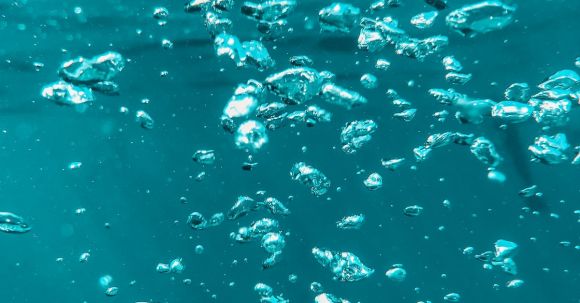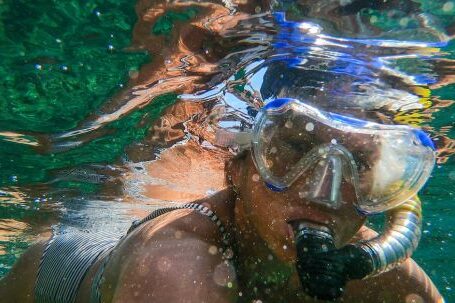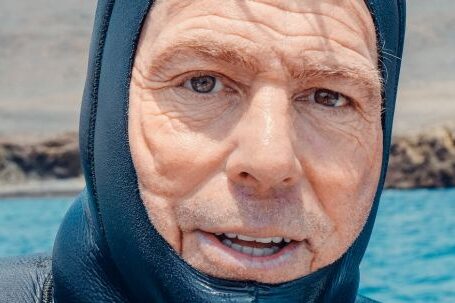The vibrant and diverse world of coral reefs has long been a fascination for photographers. With their rich colors, unique structures, and teeming marine life, coral reefs offer endless opportunities for capturing stunning images. Whether you’re a professional photographer or just starting out, this guide will provide you with essential tips and techniques for capturing the beauty of coral reefs.
Understanding Coral Reefs
Before diving into the world of coral reef photography, it’s crucial to understand the environment you’ll be working in. Coral reefs are complex ecosystems that provide a habitat for a vast array of marine life. They are made up of millions of tiny organisms called polyps, which secrete a hard calcium carbonate skeleton, forming the intricate structures we see underwater.
Choosing the Right Equipment
When it comes to photographing coral reefs, having the right equipment is essential. Underwater photography requires specialized gear to protect your camera and capture high-quality images. Invest in a sturdy underwater housing that fits your camera model, along with a wide-angle lens. This combination will allow you to capture the expansive beauty of the reef and its inhabitants.
Mastering Underwater Techniques
Underwater photography presents unique challenges that require specialized techniques. First and foremost, it’s important to master buoyancy control to ensure stability while capturing images. Proper buoyancy control will also help you minimize damage to the fragile coral reef ecosystem.
Additionally, understanding lighting is crucial for capturing vibrant and well-exposed images. When photographing coral reefs, natural light is your best friend. Take advantage of the golden hours, early morning, and late afternoon, when the sun’s rays create a warm and magical atmosphere underwater. Experiment with different angles and perspectives to make the most of the available light.
Composition and Subject Selection
Once you’re comfortable with the technical aspects of underwater photography, it’s time to focus on composition and subject selection. Coral reefs offer a plethora of subjects to choose from, including colorful fish, intricate coral formations, and other marine creatures. Look for patterns, textures, and interesting shapes to create visually compelling images.
When composing your shots, remember the rule of thirds. Place your main subject off-center to create a more dynamic and balanced composition. Experiment with different framing techniques, such as capturing a close-up of a single coral polyp or zooming out to showcase the expansive beauty of the entire reef.
Responsible Photography Practices
As photographers, we have a responsibility to protect and preserve the delicate ecosystems we photograph. When exploring coral reefs, always follow ethical guidelines to minimize your impact on the environment. Avoid touching or disturbing marine life, and never stand or step on the coral. Be mindful of your buoyancy to prevent accidental damage.
Conclusion: Capturing the Magic of Coral Reefs
Exploring coral reefs is an incredible adventure that offers endless opportunities for photographers. By understanding the coral reef ecosystem, choosing the right equipment, mastering underwater techniques, and practicing responsible photography, you can capture the magic and beauty of these underwater wonders. So grab your gear, dive in, and embark on a journey to capture the mesmerizing world of coral reefs through your lens.





